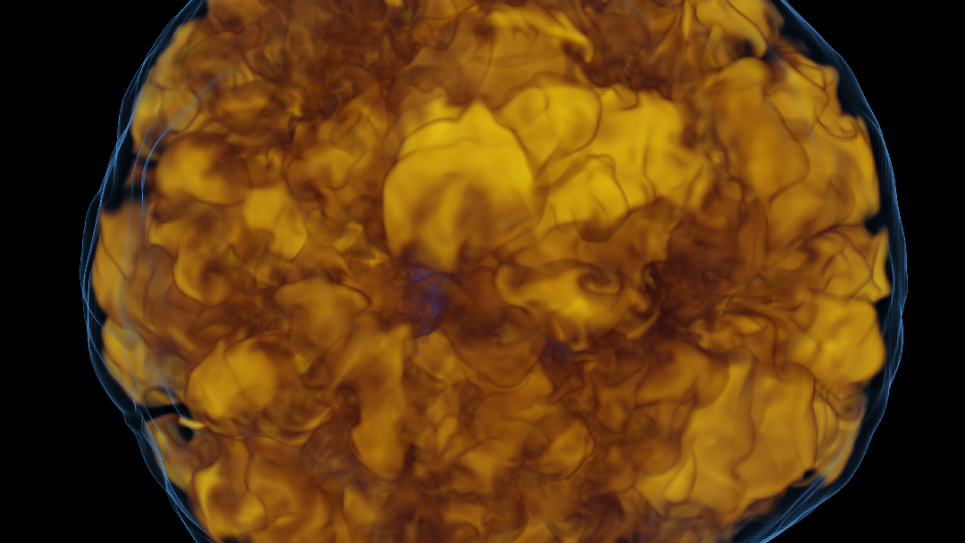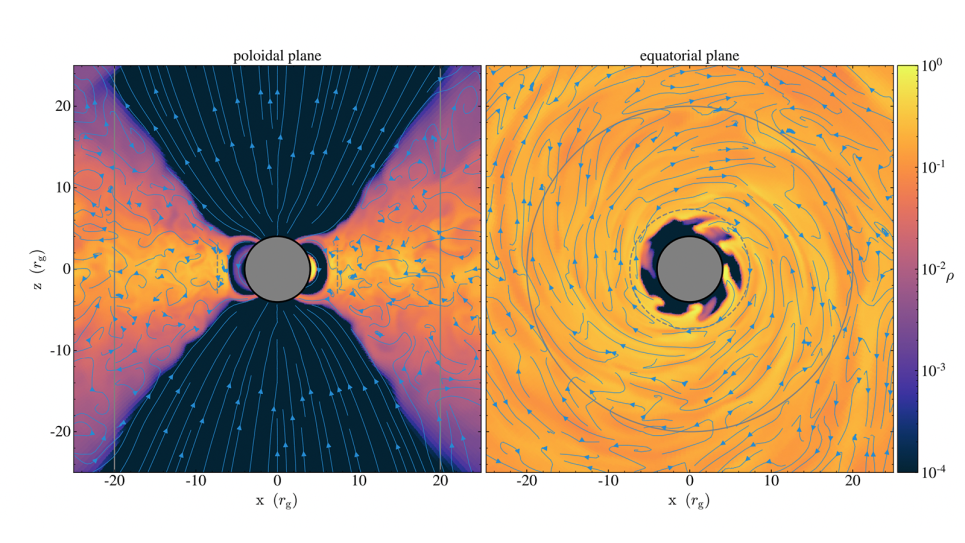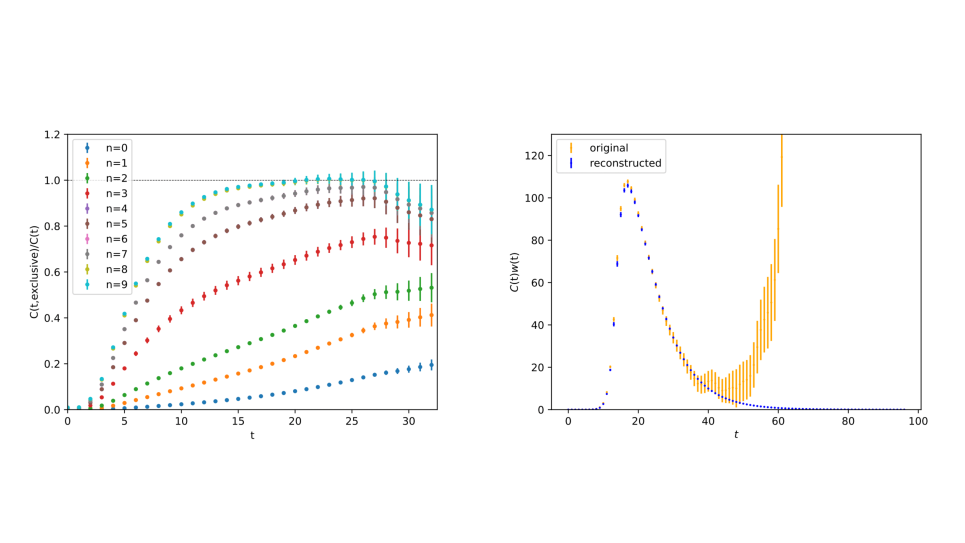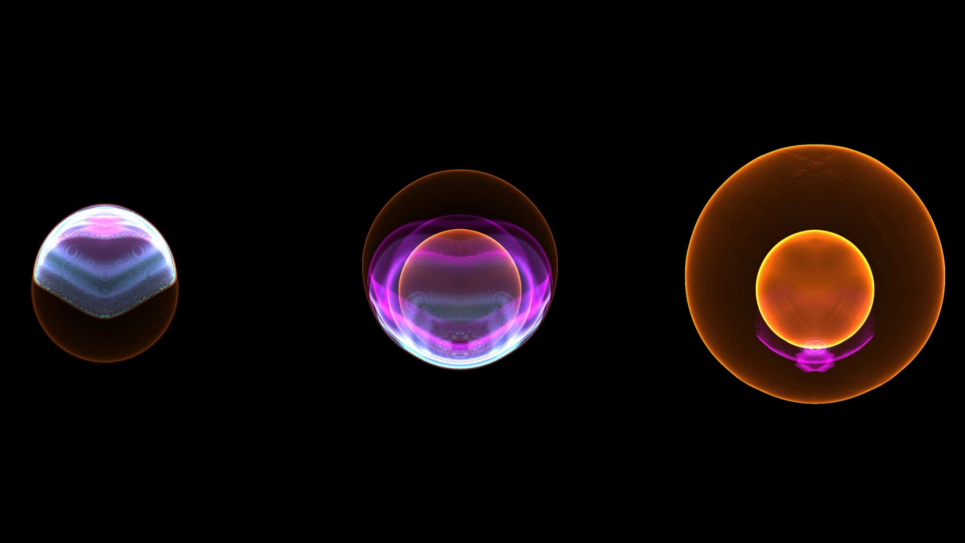
Extreme-Scale Simulation of Supernovae and Magnetars from Realistic Progenitors
Core-collapse supernovae (CCSNe) are the most extreme laboratories for nuclear physics in the universe. Stellar core collapse and the violent explosions that follow give birth to neutron stars and black holes, and in the process synthesize most of the elements heavier than helium throughout the universe. Despite the key role CCSNe play in astrophysics, the physical mechanism that causes these explosions is still not fully understood.
This multi-year INCITE project is using DOE leadership computing resources to perform extreme-scale simulations aimed at transforming our understanding of supernovae. The team’s comprehensive, end-to-end investigation involves carrying out 3D magnetohydrodynamics simulations with sophisticated multidimensional neutrino transport and the most realistic initial conditions ever adopted for CCSNe to study the effects of rotation, magnetic fields, and progenitor asphericity on CCSNe. This research will also enable an intensive comparison to observations through the calculation of gravitational wave emission, detailed nucleosynthesis, and electromagnetic radiative transfer.
In addition, the team is developing and employing 3D massive stellar progenitor models at the point of core-collapse to address whether rotation and magnetic fields aid successful explosions for “normal” CCSNe, and to explore the impact of realistic initial conditions on nucleosynthesis in CCSNe. The team’s findings will inform our understanding of the characteristics of newborn pulsars and magnetars — information that can be directly compared to observational data.
Ultimately, this project will help researchers address whether plausible rotation rates and magnetic field strengths influence the CCSNe mechanism and determine the impact that realistic 3D progenitor structures have on the CCSNe mechanism and observables.


